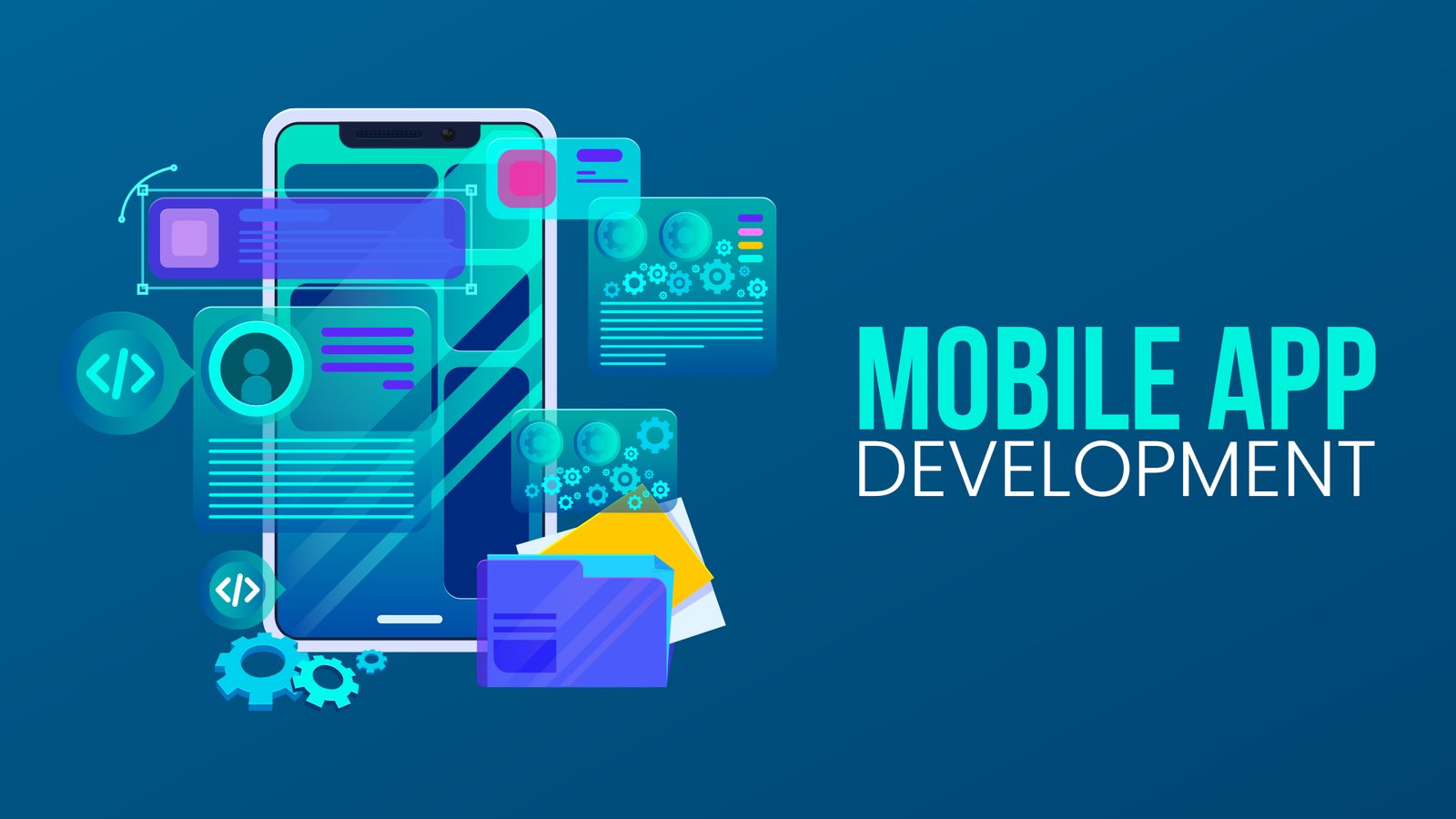Mobile App Development Trends to Look Out for in 2025
""In 2025, the focus of mobile app development will revolve around hyper-personalization, AI integration, real-time connectivity, decentralized systems, and ethical technology design. With evolving user expectations and smarter technologies, mobile experiences will become more immersive, secure, and intelligent than ever before.""
Overview:
As 2025 unfolds, mobile app development is moving rapidly toward intelligent automation, immersive interaction, and enhanced user trust. Android and iOS platforms continue to evolve, opening doors for new frameworks, tools, and experiences. AI, Web3, AR/VR, and edge computing are no longer futuristic concepts—they’re shaping how apps are designed, deployed, and used. Curious to know what’s ahead in the mobile development landscape? Keep reading!
From healthcare to retail and banking to education, mobile-first transformation is now an expectation, not a bonus. As users rely more heavily on smartphones for everything from transactions to entertainment, developers must focus on delivering secure, intuitive, and hyper-personalized experiences. User trust, privacy, and real-time capability will be key differentiators in the mobile app ecosystem this year.
1. AI-Native Applications
In 2025, mobile apps are becoming AI-native, not just AI-assisted. With the growth of on-device machine learning models like Apple’s Core ML and Android’s ML Kit, apps now adapt to users in real time. AI drives personalized feeds, predictive suggestions, emotion recognition, content generation, and smart automation.
AI agents and copilots will be embedded into apps to assist with everything from scheduling to design, creating seamless multitasking experiences. Expect a rise in AI-powered voice interfaces, smart chat assistants, and even AI-generated content in user-facing apps.
2. 5G-Advanced and 6G Readiness
While 5G is already widespread, 2025 sees the beginning of 5G-Advanced, offering ultra-reliable low latency, massive IoT connectivity, and extended battery life. Some regions are also testing early 6G infrastructures.
This enables instant AR/VR streaming, multi-user experiences in real time, and spatial computing apps. Developers can now build more data-intensive applications without latency concerns, such as immersive fitness apps, real-time collaborative design tools, and remote surgery platforms.
3. Web3 and Decentralized Apps (dApps)
Blockchain-backed mobile apps are gaining traction in 2025. Decentralized applications (dApps) built on Ethereum, Solana, or Polygon are moving beyond crypto wallets into areas like identity management, gaming, and creator economies.
With increased regulatory clarity and improved UX, mobile apps will offer decentralized authentication, ownership of digital assets, and peer-to-peer data sharing empowering users with greater control and transparency.
4. Extended Reality (XR) Experiences
With the global rollout of XR hardware like Apple Vision Pro and Meta Quest 4, 2025 is the year mobile and immersive tech truly merge. AR/VR/MR elements are being tightly integrated into mobile apps especially in real estate, travel, e-commerce, and education.
From virtual store try-ons to interactive learning environments, XR features in mobile apps are creating intuitive and engaging user journeys. Developers are building apps with Unity, ARCore, and RealityKit to offer layered experiences directly from smartphones or via wearable devices.
5. Edge Computing & Offline Capabilities
With increased IoT usage and the need for real-time decision-making, mobile apps now integrate edge computing to reduce latency and enable localized intelligence. Especially for industries like logistics, healthcare, and agriculture, offline functionality is a critical feature.
Apps built in 2025 will process data closer to the source your mobile device or edge server offering faster interactions, more resilience, and continued usage even when internet connectivity is unstable.
6. Voice Search and Multimodal UI
Voice is no longer just a feature ,it’s becoming the default input for many users. Multimodal interfaces that combine touch, voice, gesture, and visual recognition are redefining app usability.
With advancements in NLP and voice biometrics, 2025’s apps offer contextual search, hands-free navigation, and even emotion-aware responses ,making apps more intuitive and accessible to all age groups.
7. Final Thoughts
2025 marks a transformative era for mobile app development. As technology matures, users expect not just functionality, but intelligence, personalization, and trust. Businesses that invest in futuristic, user-centric mobile experiences will not only retain customers but lead their industries.
Looking to stay ahead in the competitive digital market? Partnering with an innovative mobile app development company can help bring your next-gen app ideas to life securely, swiftly, and at scale.
